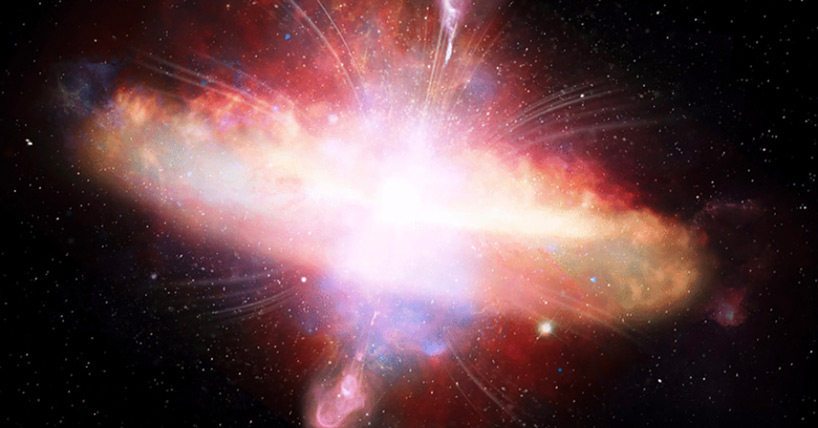rotating black holes
Breakthrough experiment to help us better understand black holes
Published on: 21 March 2024
Scientists have achieved a significant milestone in quantum gravity simulations by creating a ‘quantum tornado’, paving the way to a better understanding of analogue black holes.
The team, led by the University of Nottingham and involving Newcastle University experts, created a giant swirling vortex within superfluid helium that is chilled to the lowest possible temperatures. Through the observation of minute wave dynamics on the superfluid’s surface, the research team has shown that these quantum tornados mimic gravitational conditions near rotating black holes.
Led by Professor Silke Weinfurtner and Dr Patrik Svancara, from the University of Nottingham, this breakthrough offers opportunities to explore fundamental aspects of curved spacetime and astrophysical phenomena, offering fresh insights into the behaviour of rotating black holes.
Publishing in the journal Nature, the scientists created a stable giant quantum vortex within superfluid helium, despite the inherent instability of multiply quantized vortices. This stationary vortex has a compact core carrying thousands of circulation quanta, surpassing current limitations observed in other physical systems such as magnons, atomic clouds, and polaritons. This achievement not only expands our understanding of quantum vortices but also holds profound implications for gravity simulations.
Newcastle University’s Professor Carlo Barenghi provided theoretical support in general about superfluid helium and more specifically about quantum vortices.
Professor Barenghi said: “Black holes are systems which cannot be studied in the laboratory, obviously. So, it helps to study "analog gravity systems", systems which we have good reasons to think they behave very similarly to gravity but which we can experiment with.
“We have good (mathematical) reason to think that such an anolog gravity system is a fluid without viscosity. Unfortunately, all fluids which we know in real life (air, water, etc) are viscous. But there are fluids which have exactly zero viscosity: they are called superfluids and exist only at extreme low temperatures near absolute zero. Their behaviour is dominated by quantum mechanics. Superfluid liquid helium is the most known superfluid, which Professor Silke Weinfurtner decided to use in Nottingham in her brave and successful attempt.”
This research is funded by a £5 million grant from the Science Technology Facilities Council, distributed among teams at seven leading UK institutions, including Newcastle University and King’s College London, who collaborated on this project.
Reference:
Švančara, P., Smaniotto, P., Solidoro, L. et al. Rotating curved spacetime signatures from a giant quantum vortex. Nature (2024). https://doi.org/10.1038/s41586-024-07176-8




